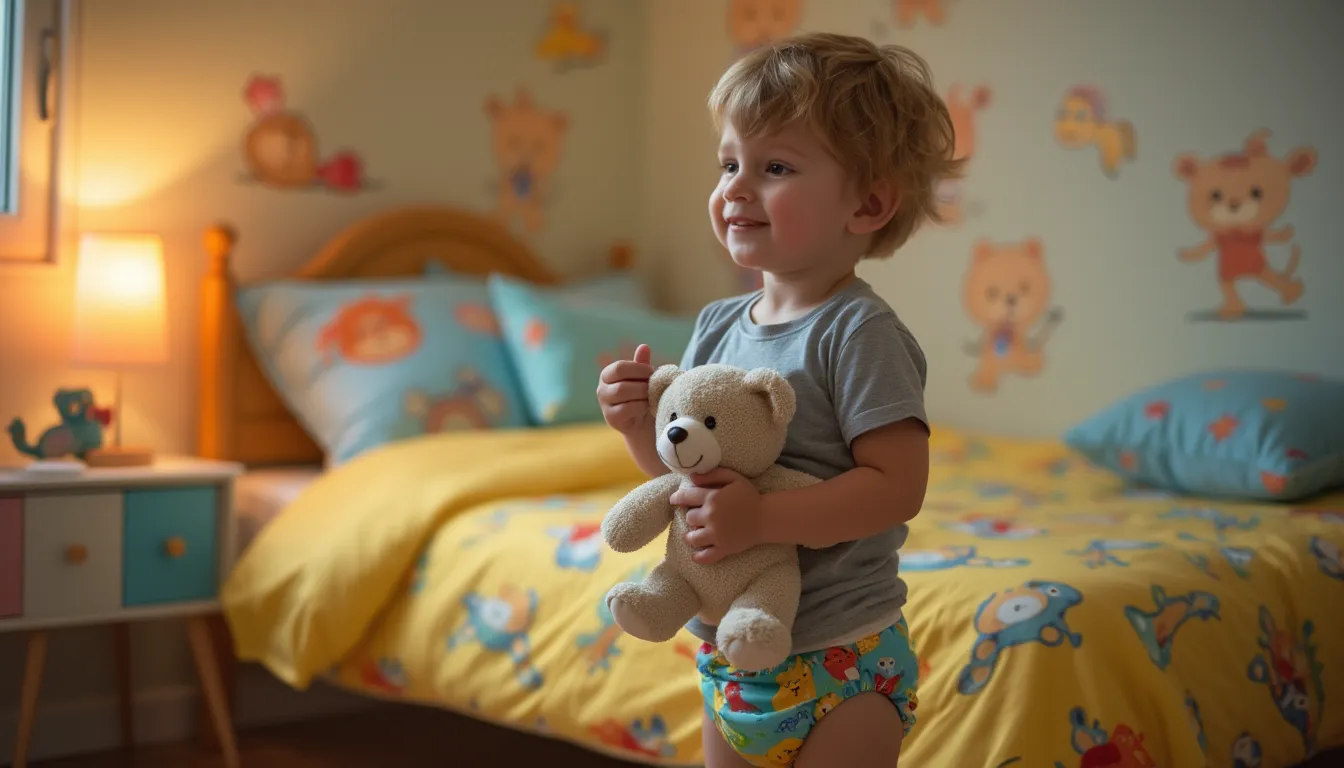
Making the Switch: From Pull-Ups to Enuresis Alarms – A Parent’s Complete Guide
Identifying the Perfect Time for Transition
The journey from pull-ups to enuresis alarms is a significant milestone in your child’s development. Most children show readiness between ages 5-7, though individual development varies. Success depends more on emotional preparedness and desire to achieve dryness than on age alone.
Understanding the Benefits of Transitioning
While pull-ups provide temporary comfort, they might inadvertently slow down progress toward nighttime dryness. Modern bedwetting alarms offer a proactive approach, empowering children to recognize and respond to their body’s signals, fostering independence and confidence.
The Science Behind Modern Bedwetting Alarms
Today’s bedwetting alarm technology uses advanced sensors to detect the slightest moisture, immediately alerting your child through customizable combinations of sound, vibration, and light. This immediate feedback helps establish crucial brain-bladder connections during sleep.
Tailoring Solutions by Age Group
Young Children (Ages 5-7)
The Chummie Premium Bedwetting Alarm proves especially effective for younger children, featuring child-friendly designs and intuitive operation. Parents should actively participate in the early stages, helping children respond to alarms and establish consistent bedtime routines.
Older Children (Ages 8-12)
Older children benefit from more sophisticated alarm features, allowing them greater control over their treatment journey. They can handle more responsibility in managing their alarm settings and response protocols.
Essential Steps to Stop Bedwetting
Preparation Phase
Begin with open discussions about the transition several weeks before starting. Set realistic expectations and create an encouraging environment that celebrates progress without pressure.
Implementation Strategies
Choose a stable period in your child’s routine to begin alarm training. Avoid major life changes or stressful events that might impact success. The initial week is crucial for establishing proper alarm response habits.
Selecting Your Ideal Alarm System
Consider factors like your child’s sleeping patterns, sensitivity to different alert types, and comfort preferences. Modern alarms offer features such as:
- Adjustable volume and tone settings
- Multiple vibration patterns
- Progress tracking capabilities
- Comfortable, skin-friendly sensors
Addressing Common Challenges
Supporting Deep Sleepers
Deep sleepers may require alarms with multiple alert mechanisms. Parents should plan to assist with waking during the initial training period until response patterns improve.
Managing Resistance
Some children may show reluctance to give up pull-ups. Address their concerns with patience and focus on the positive aspects of achieving dryness.
Ensuring Long-term Success
Maintaining Consistency
Use the alarm every night without exception. Establish and maintain regular bedtime routines to support the training process.
Progress Tracking
Monitor improvements using progress charts or digital tracking features. Celebrate milestones while maintaining a supportive, pressure-free environment.
Professional Support Guidelines
Consider consulting healthcare professionals if three months of consistent alarm use shows limited improvement. Sometimes, underlying factors may require additional medical attention.
Creating Lasting Results
Success in transitioning from pull-ups to bedwetting alarms requires dedication from both parents and children. Remember that progress varies for each child, and consistent support remains crucial throughout the process.
Conclusion
The shift from pull-ups to bedwetting alarms represents a significant step toward nighttime dryness. With proper preparation, consistent implementation, and positive reinforcement, most children successfully achieve dry nights using modern alarm systems.
Related Articles
Understanding Bedwetting Alarm Technology: The Brain-Bladder Neural Connection
Managing ADHD and Bedwetting: A Parent’s Comprehensive Guide




No Comments
Sorry, the comment form is closed at this time.